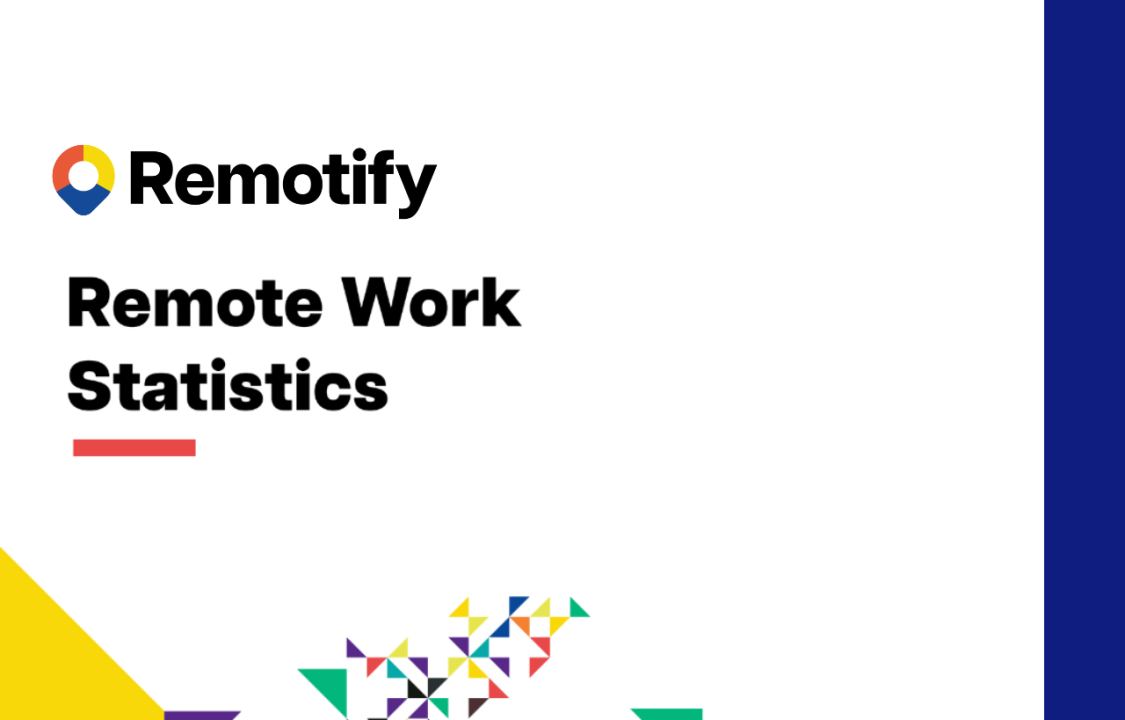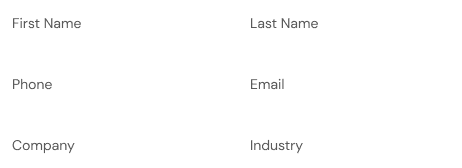
Remote work: the facts and the stats, a new extensive report by Remotify
A global phenomenon that reshaped how we work in all corners of the globe, remote work remains immensely popular three years after the pandemic. But the way we perceive and action remote work is changing all the time. As a population, we are still discovering how to make remote work work for us as individuals. There are, however, some core statistics that help us understand the landscape of remote work in 2023, and shine a light on what to expect in the coming years.
In a new extensive report from Remotify, we take a deep dive into the numbers, perceptions and attitudes towards remote work. Here, we share some of the top findings.
Where we are now
Presently, a remarkable 12.7% of full-time employees are actively working from home, with 28.2% embracing a hybrid work model. While the lion’s share (59.1%) of people still adhere to traditional office environments, these figures indicate that preference for remote work has remained strong - and continues to rise in popularity - following the pandemic. In fact, 98% of workers want to engage in remote work, at least on a part-time basis.
Remote work by demographics
The age group most inclined towards remote work is individuals between 24 and 35 years old—a young demographic. Additionally, individuals with higher levels of education have a greater likelihood of engaging in remote work. There is also a gender disparity amongst remote workers, with a greater percentage of men working remotely (38%) compared to women (23%). But, interestingly, 80% of women prefer a remote and hybrid work style, whereas only 76% of men feel the same.
Preferences towards remote work
On the whole, remote work makes us happier, boosting our overall happiness by 20%. Data indicates that individuals who exclusively work on-site report an average work happiness level of 5.90 on a 1-10 scale, while remote workers score notably higher at 7.0. A significant number of remote workers do suffer from burnout, however - 69% - highlighting a need to address workloads and boundaries.
Benefits and challenges
Flexibility continues to stand out as the core advantage of remote work, whether that’s the ability to better manage their time, choose their place of residence, or select their work location. By contrast, the core disadvantage of remote work is staying home too often, because there are fewer reasons to leave. 21% of remote workers struggle with this.
But there are wider benefits to the global population, too. Adoption of remote work not only reduces traffic congestion, accidents, and transportation inconveniences for road
users but also curbs pollution and greenhouse gas emissions. It’s estimated that remote work can lower emissions by 54 million tons, equivalent to removing nearly 10 million cars from the road for a year.
Growth trends
Naturally, the increase in popularity of remote work has also increased the popularity of using Employer of Record (EOR) services. EOR services enable organizations to hire in a country or jurisdiction where they lack an existing presence. The EOR assumes the role of the legal employer for employees, taking on responsibilities such as onboarding, terminations, and payroll on behalf of the client. It is predicted that the global EOR market's value will range between USD 3.1 billion and USD 3.4 billion by 2025.
In terms of global leaders in remote work, the Philippines has secured the seventh position as one of the "fastest-growing" remote work hubs worldwide. The country exhibited remarkable growth, with a 78% increase over the past five years from 2018 to 2022.
Overall, however, our attitude towards remote work is reflected in our desire to keep it. Presently, 32% of hybrid workers are willing to take a pay cut for full-time remote work, cementing just how popular it is amongst the working population.
The above findings merely scratch the surface of what we’ve been able to discover about the remote work landscape here at Remotify. Read our full Remote Work Statistics 2023 report here.
Jump straight to a key chapter
Spending Too
Much Time
Onboarding?
your remote hiring in the
Philippines, excellently.
Say Goodbye to High Costs!
Request Your Free Consultation Today andSave a Massive 70% on Your Workforce!

Ready to thrive in a remote-first work environment?


